|
|
A lovely photograph of Port Mulgrave’s docks; when it actually was a port, built around 1856-57, it was a very busy place serving the surrounding mines. This shows the harbour prior to World War II, the disintegrating remains of Palmers ironstone loading staithes clearly visible; the seaward pier was blown up during the war.
Image courtesy of Maurice Grayson, Neil Suckling and Cleveland Ironstone Mining Museum.
A view of SS Staithes; one of the many ironstone ore carriers that plied their trade between Port Mulgrave and the iron works on the River Tees. The smoke to the lower right of the image would appear to be from a chimney; although Jim Wallace suggests: “Looks like the fire of c.1911.”
Image courtesy of Maurice Grayson.
A view of Palmers ironstone loading staithes at Port Mulgrave, with a boat either just berthing or about to depart (judging by the smoking chimney stack!) from the jetty. Bill Danby advised: “This is another shot of the jetty at Port Mulgrave. If you look at the photograph entitled “Port Mulgrave” with boats waiting to be loaded, you can see the structure of the jetty is the same and in fact this is virtually the same scene taken from another angle.”
Image courtesy of Maurice Grayson and thanks to Bill Danby for the update.
When this photograph arrived to the Archive it was believed to be of the ironstone bunkers at Port Mulgrave. This was confirmed by Simon Chapman who explained: ”This was a fire at Port Mulgrave about 1911. You can see it has burnt out the engine room and boilers for the rope haulage system through the tunnel to Dalehouse, exposing a section through one of the bunkers for loading ironstone into ships in the harbour. The big mound of ironstone to the right was usually built up when sea conditions prevented ships docking and taking normal shipments away. The damage was later repaired and the harbour got back to normal operations.”
Image courtesy of Cleveland Ironstone Mining Museum and Maurice Grayson; also many thanks to Simon Chapman for the supporting information.
A view of Port Mulgrave with the boats waiting to be loaded with ironstone; the number of vessels in the harbour gives a fair impression as to how busy it was.
Image courtesy of Maurice Grayson.
Cleveland Ironstone Mining Museum provided this plan of the workings of Boulby Ironstone Mine, but as Simon Chapman points out: ”If you read the small print at the bottom you will see that this is a plan of the workings of Boulby Mine. Grinkle Mine was to the south and much more extensive.”
Image courtesy of Cleveland Ironstone Mining Museum and thanks to Simon Chapman for the correcting update.
One of the pit horses at the Boulby ironstone mine; believed to be by the Travelling Drift. Mr Ray Conn advised the Archive that he believed that one of the men to be seen working behind the horse was known as “Pidge.”
Image and information courtesy of Mr. Ray Conn.
This improved image of Grinkle mine replaces an earlier image which the Archive now has to hand. The mine was abandoned in 1934, hence very little survives to this day. The Archive also requested further photographs or information viewers would like to share with us?
Image courtesy of the Pem Holliday Collection.
This is a further image of Grinkle mine to complement the previous image. The mine was abandoned in 1934; following the development of the Boulby Potash mine further up the hillside from the Grinkle Ironstone mine very little survives to this day. The Archive would still welcome further photographs or information viewers would like to share with us.
Image courtesy of the Pem Holliday Collection.
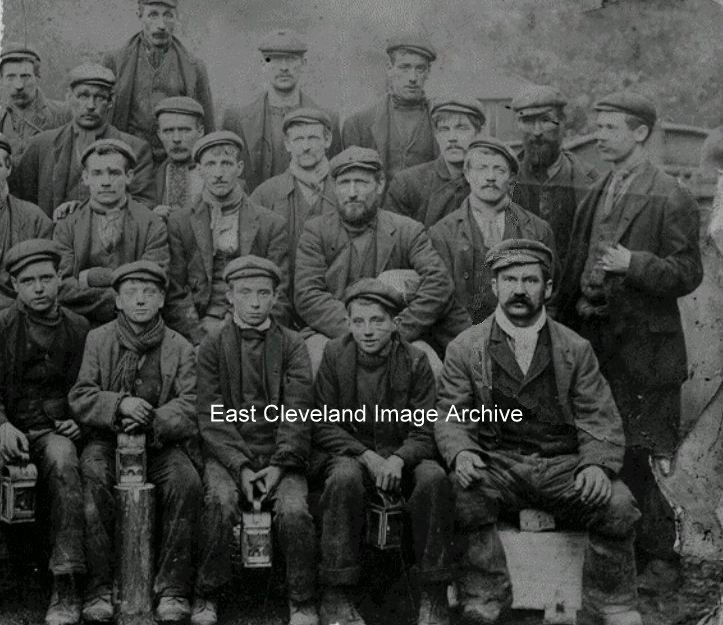
Another piece of the jigsaw – this image includes the two ”trappy” lads from a previous post and the Archive originally posted this image believing it to be of miners from Loftus mine; however Simon Chapman has advised us it is the miners from Grinkle mine which was owned by Sir Mark Palmer of Grinkle Park. Interestingly it looks as if it is also part of a larger image and hopefully at some time the Archive will find the complete picture, in the mean time can anybody name any of these people?
With thanks to Simon Chapman for the correction.
|
|
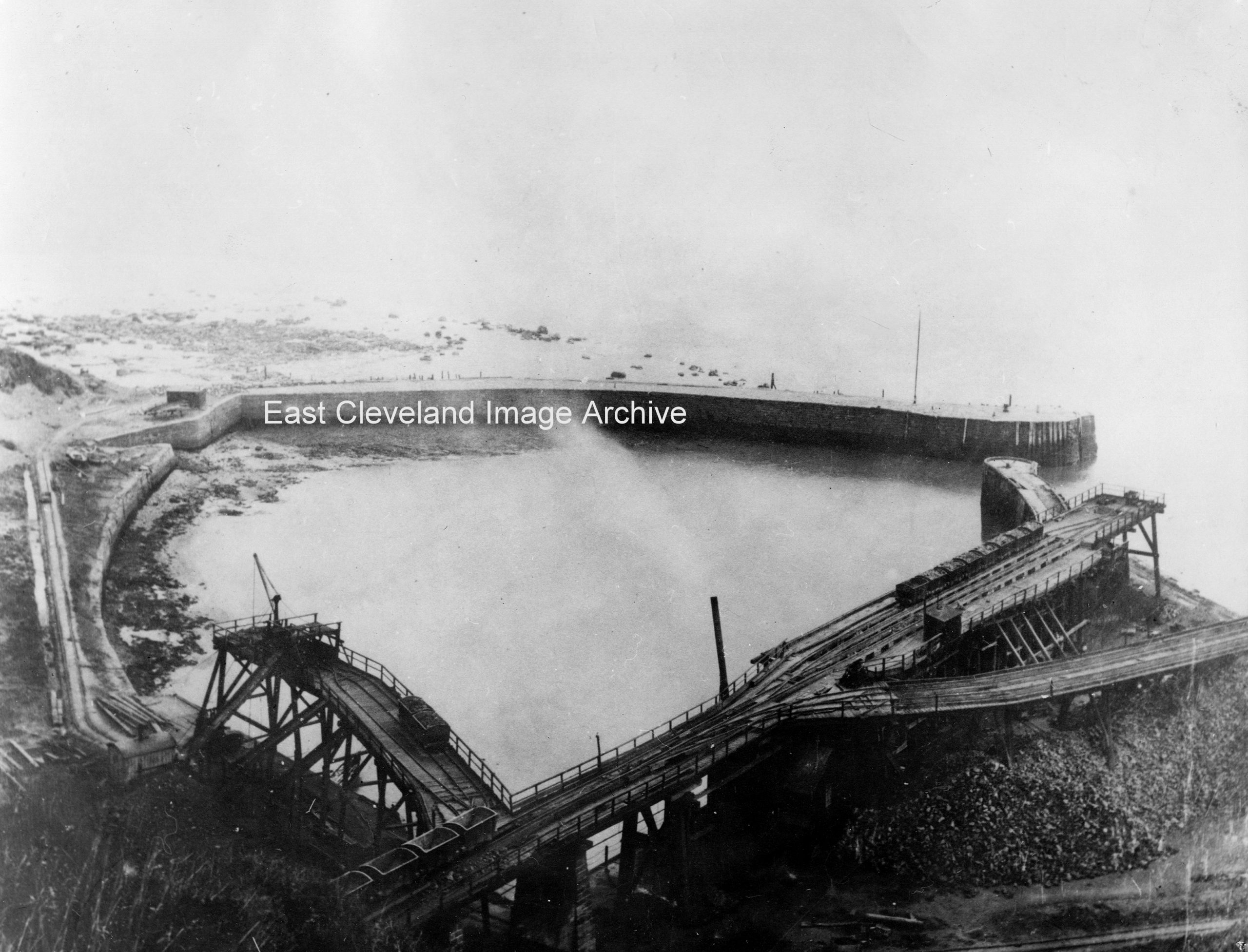
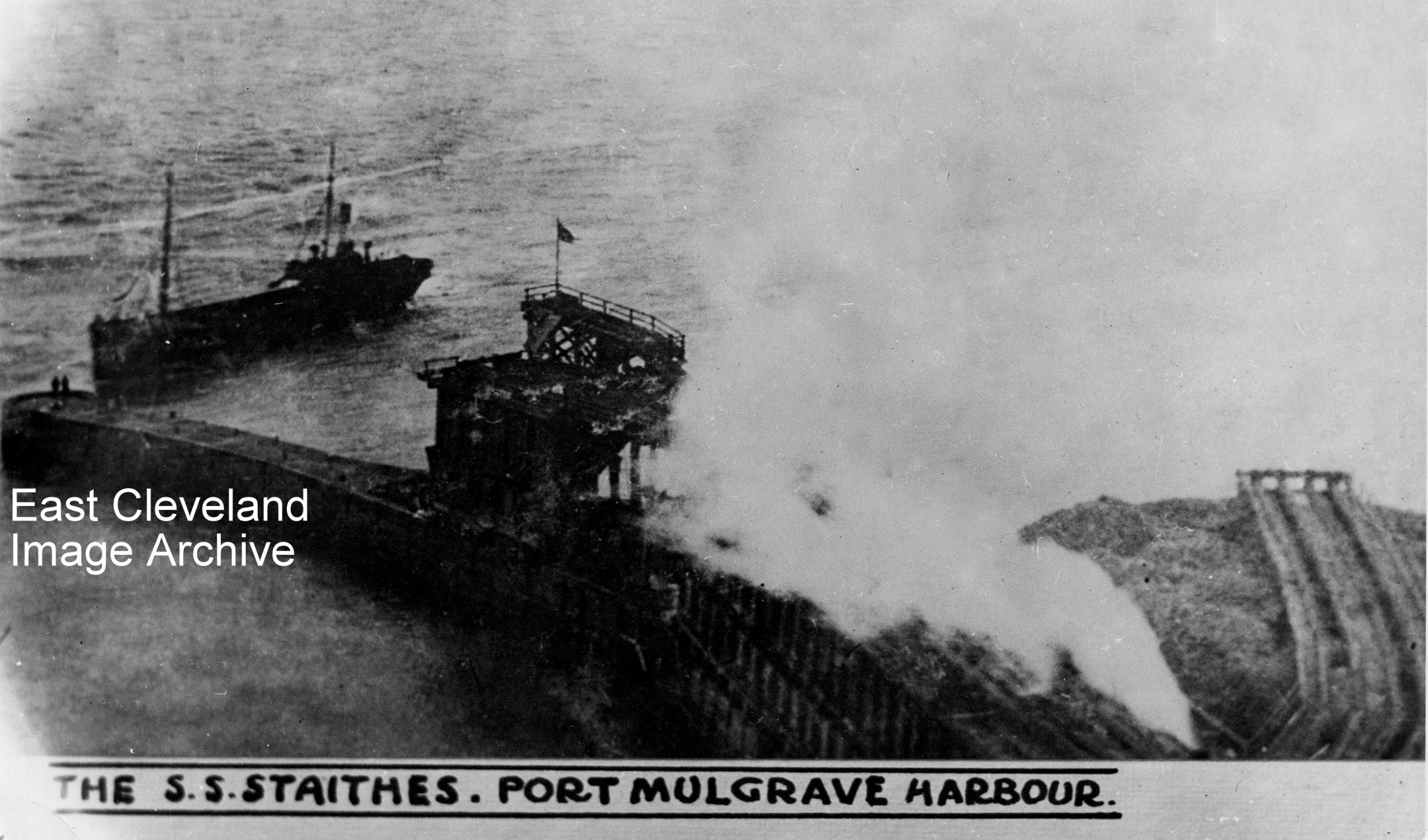
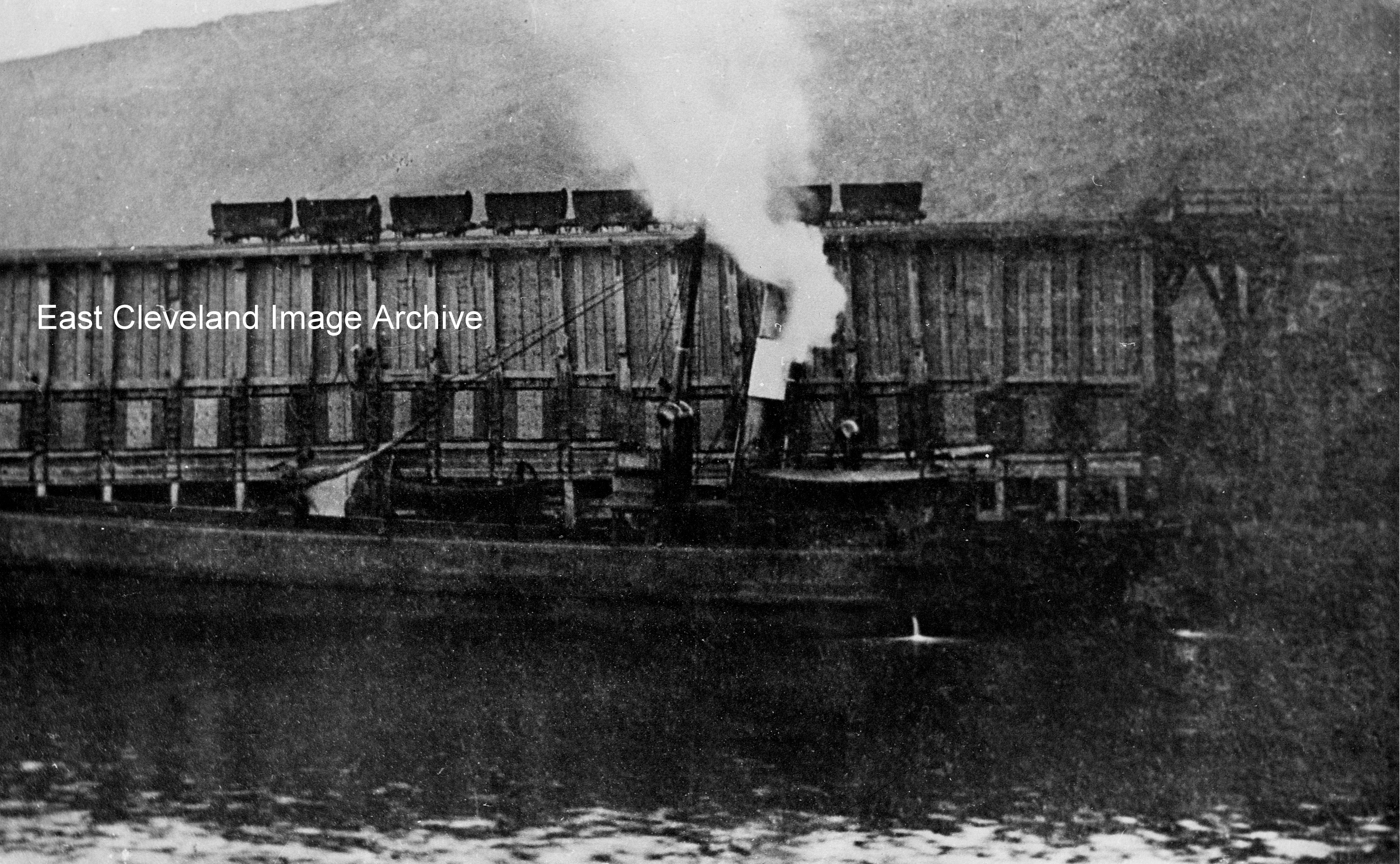
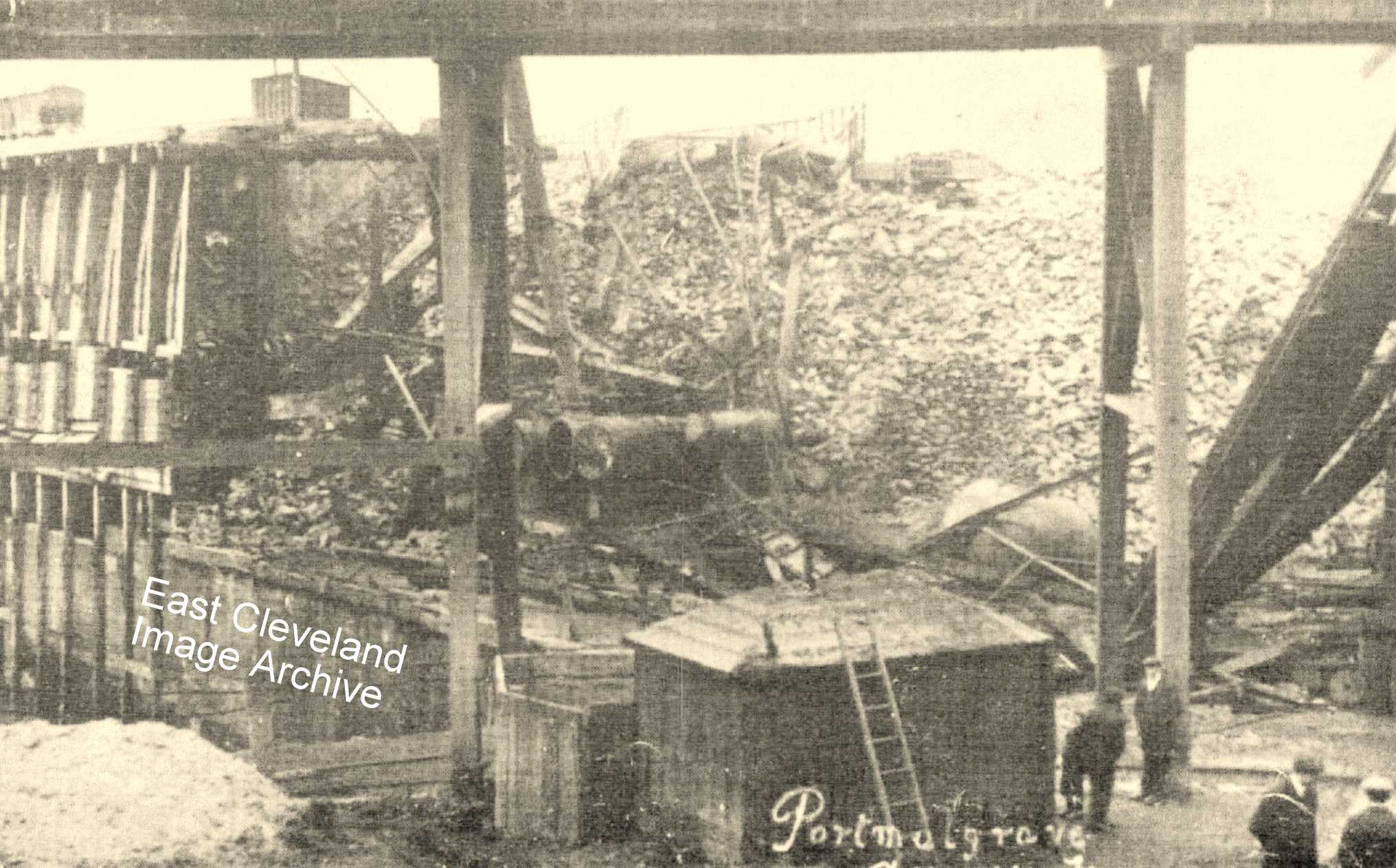
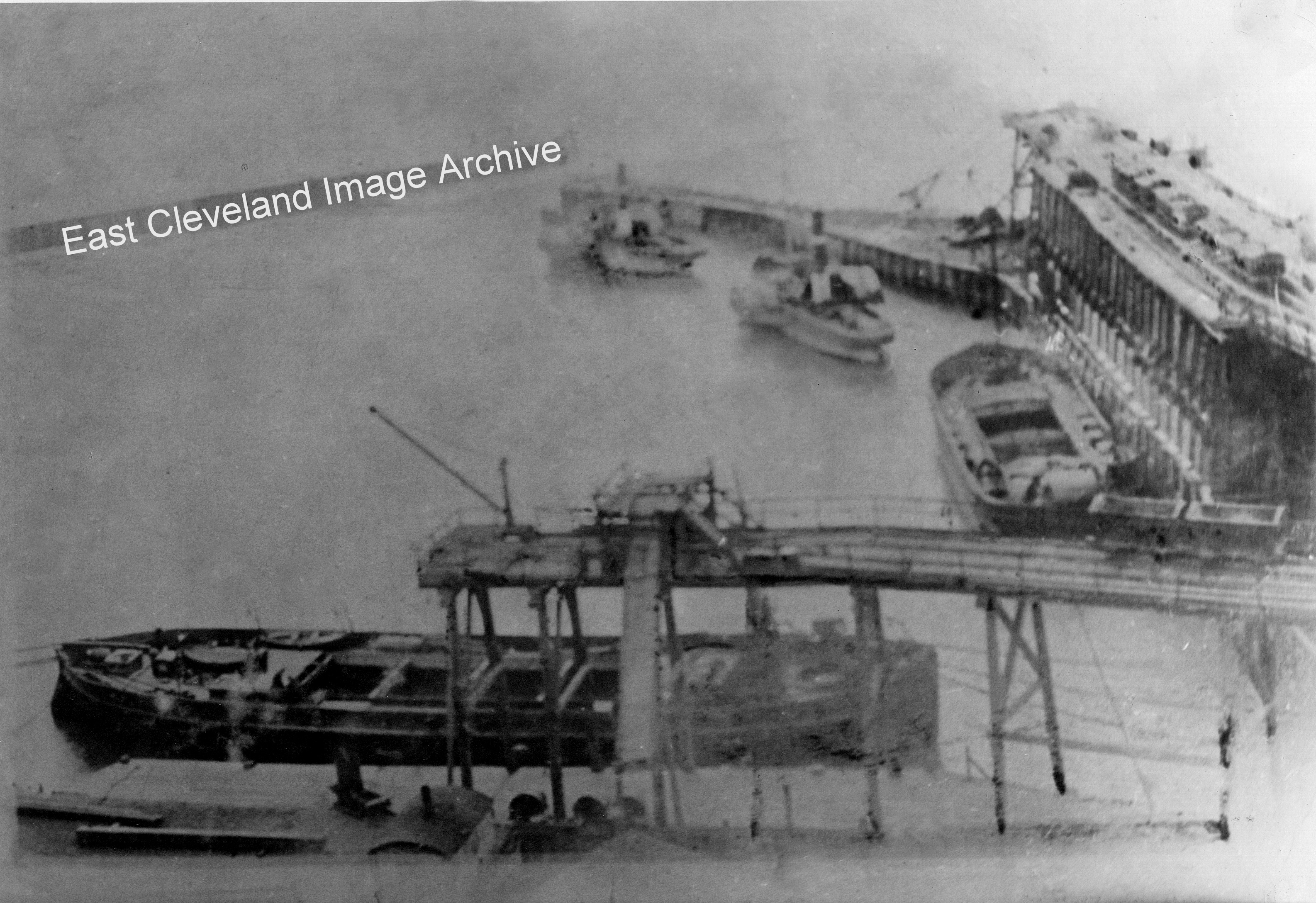
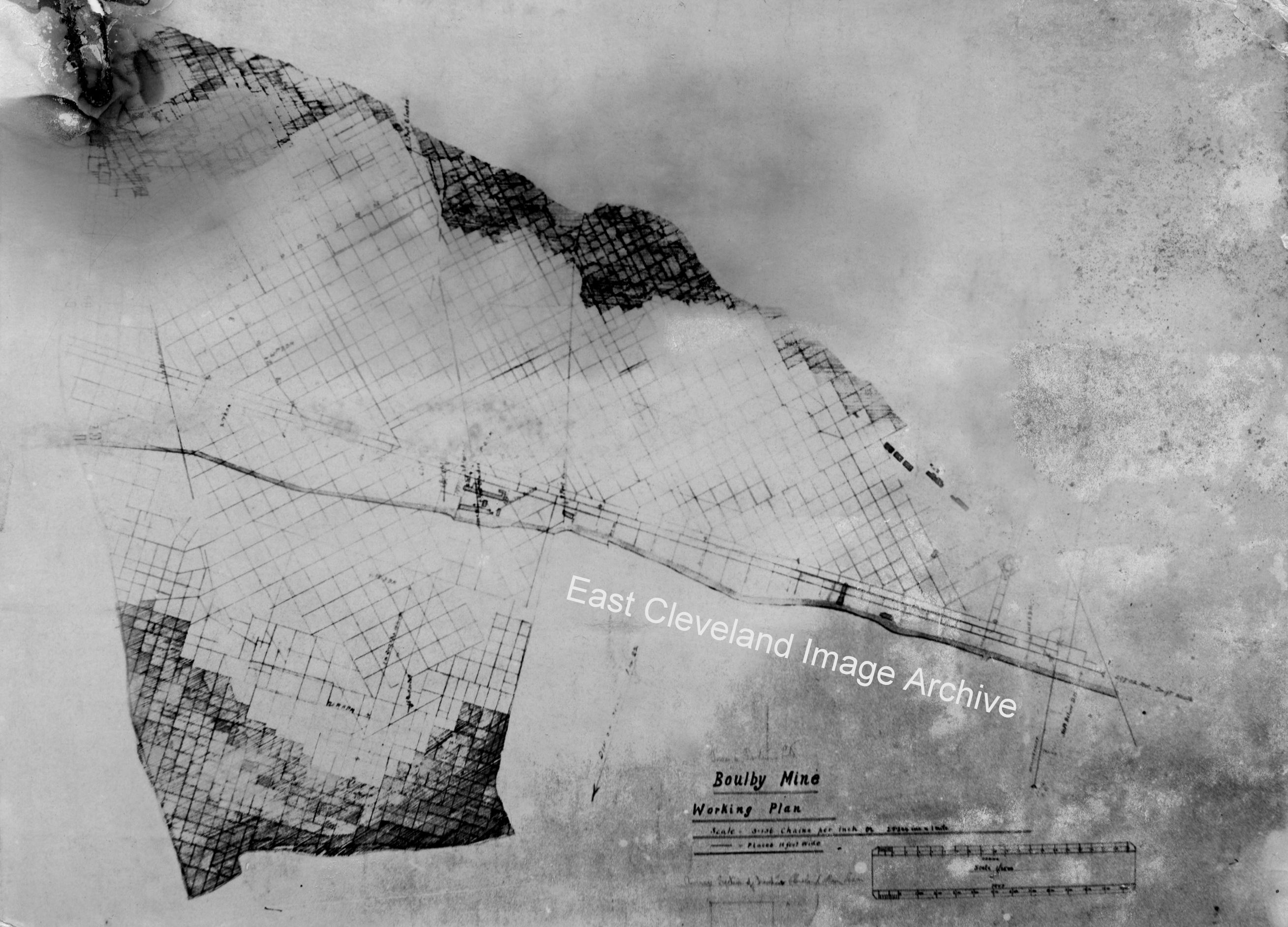
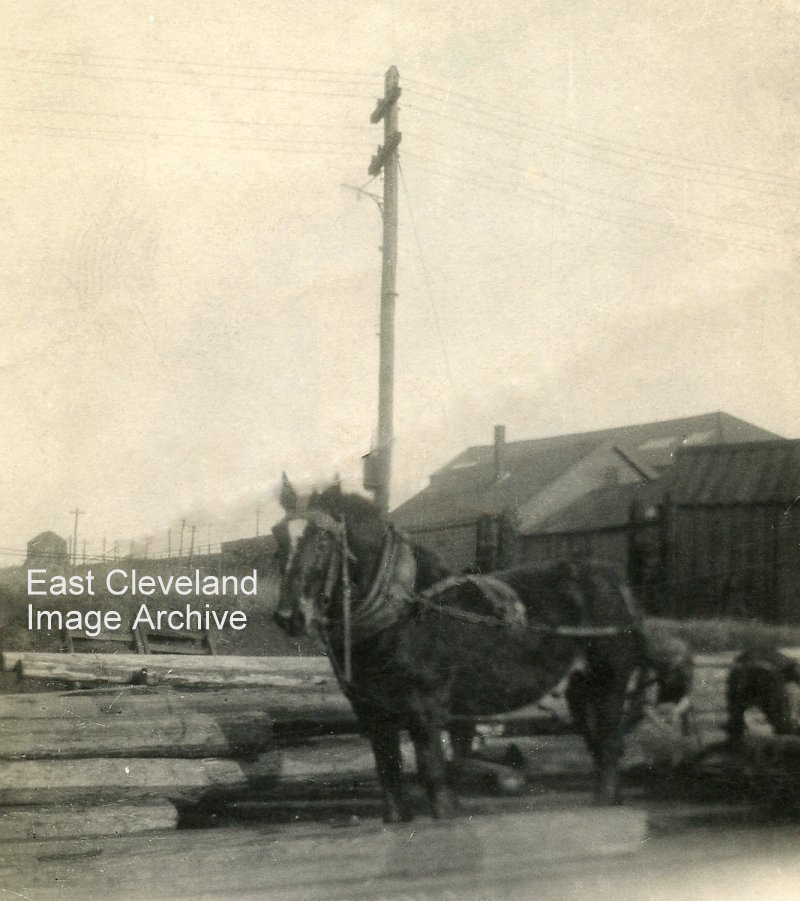
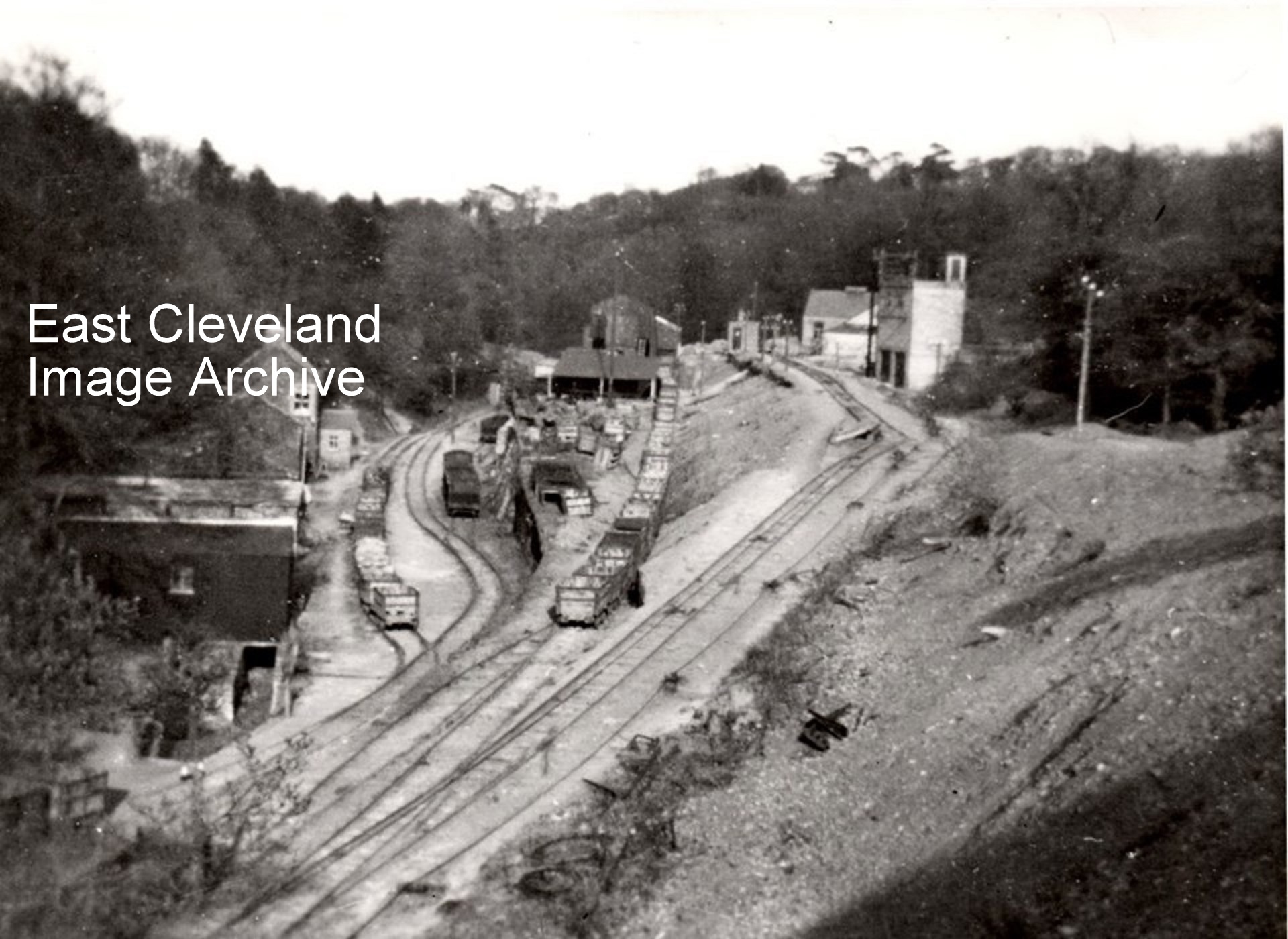
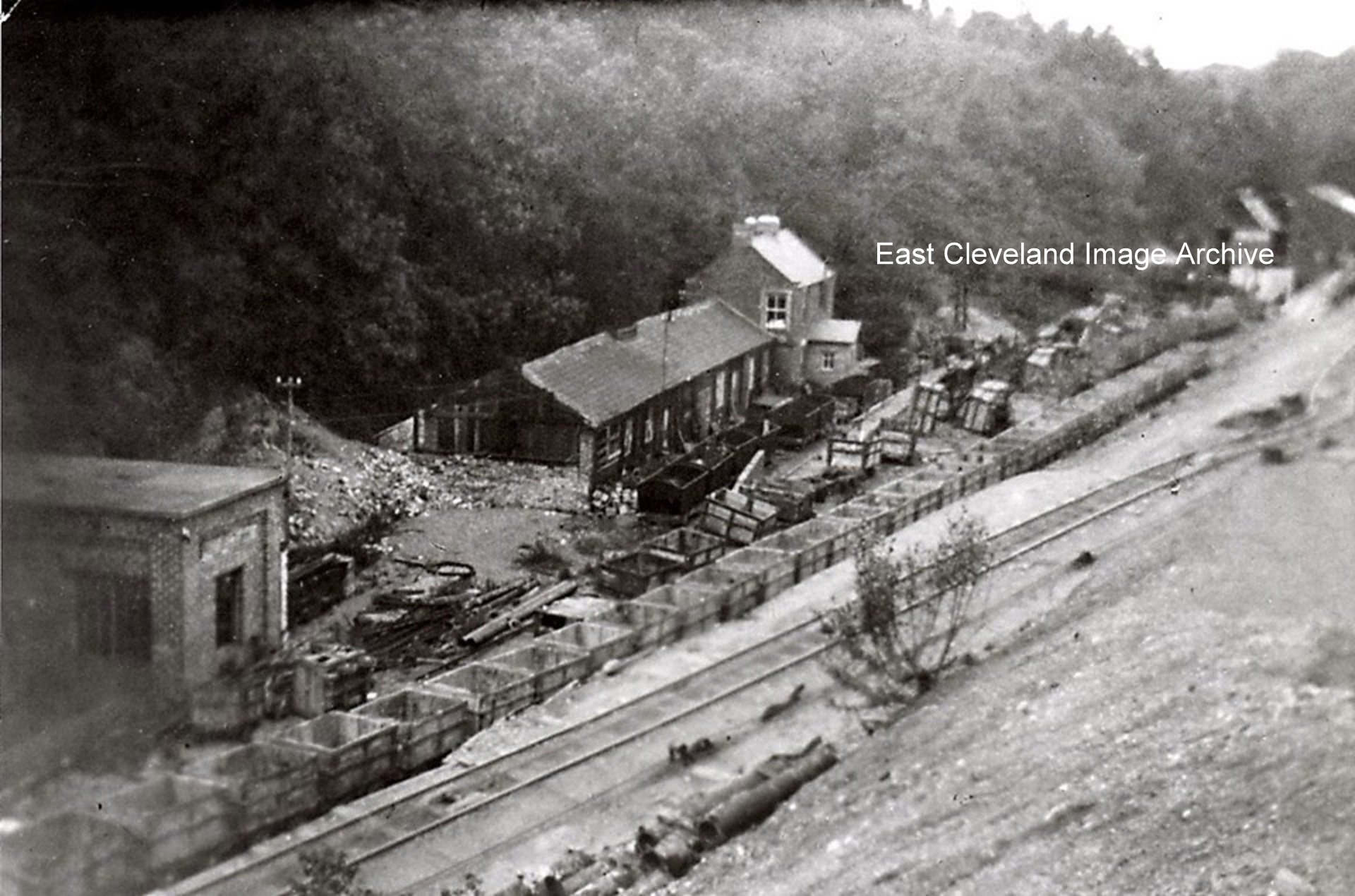

Recent Comments